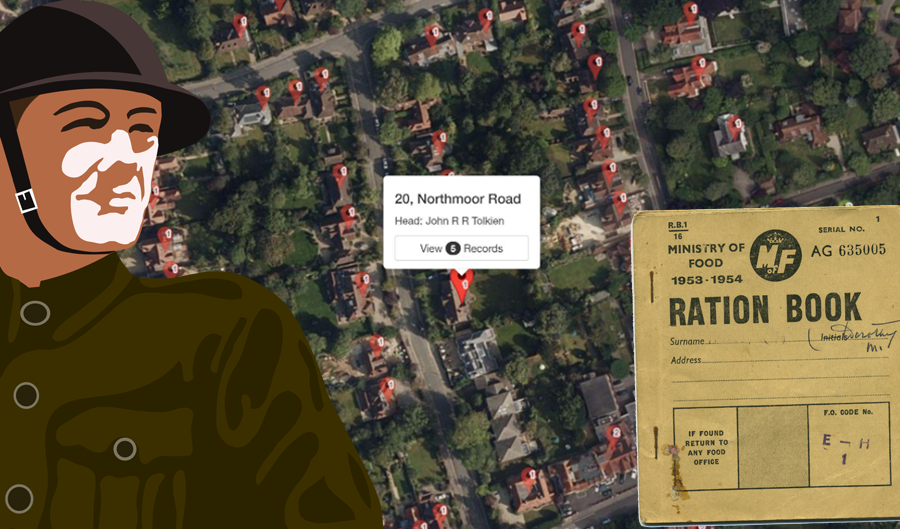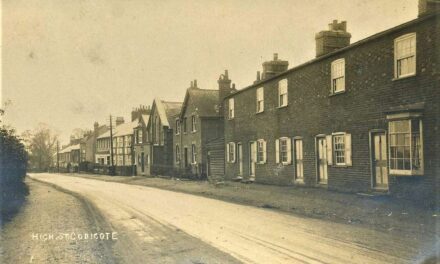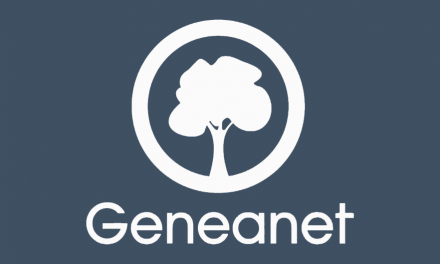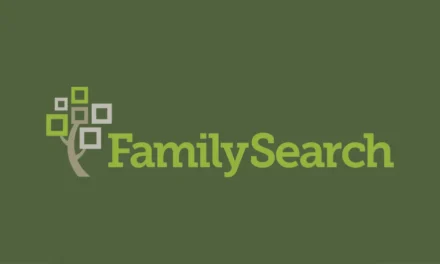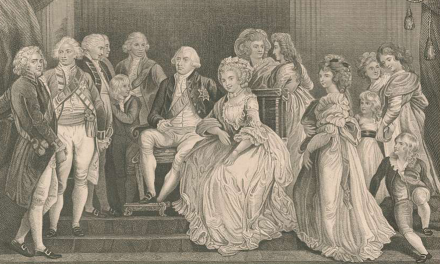On the eve of World War 2 England and Wales built a register of inhabitants to use for National Identity Cards and other wartime needs. Today it’s a fabulous resource for family historians. TheGenealogist update has now updated the 1939 Register with a new detailed mapping feature and an additional 258,000 plus individual.
Researchers will be able to see accurately where their ancestor’s house was situated on maps, down to house, street or parish level, giving more detail than ever before.
TheGenealogist.co.uk has also added over 258,000 new records that have now been officially opened. You can use TheGenealogist’s SmartSearch on even more records in the 1939 Register to discover where your ancestors were living.
For family historians, the 1939 Register fills a vital gap. The census taken in 1931 was destroyed during the Second World War and no census was carried out in 1941 due to the ongoing conflict. The register contains data only for England and Wales, but does not include records from households in Scotland, Northern Ireland, the Channel Islands or the Isle of Man.
With the addition of the more precise mapping feature there are some very compelling reasons to search the 1939 Register on TheGenealogist.
First, it benefits from their unique and powerful search tools and SmartSearch technology. This offers a hugely flexible way to look for your ancestors as the authorities scrambled in 1939 to issue identity cards and ration books for the population. Enumerators collected the information on 29th September 1939 and the data was used during the war to assist the rationing and to track population movements over the following decade. It was also used to help create the National Health Service Register in 1948.
Second, searching the 1939 Register on TheGenealogist allows researchers to take advantage of some powerful search tools to break down brick walls. For example there is the ability to find ancestors in 1939 by using keywords, such as the individual’s occupation or their date of birth. Researchers on TheGenealogist may also search for an address and then jump straight to the household or, if you are struggling to find a family, you can even search using as many of their forenames as you know.
With a record found in the 1939 Register, TheGenealogist then gives you the ability to click on the street name to view all the residents in the road. This feature can be used to potentially discover relatives living in the area and can therefore boost your research with just a click.
The 1939 Register on TheGenealogist also benefits from innovative SmartSearch technology that enables you to discover even more about a person by linking to their Birth, Marriage and Death records.
The 1939 Register, when linked to a more detailed mapping tool than ever before, is a fantastic resource for family historians searching for where forebears lived in September 1939.
